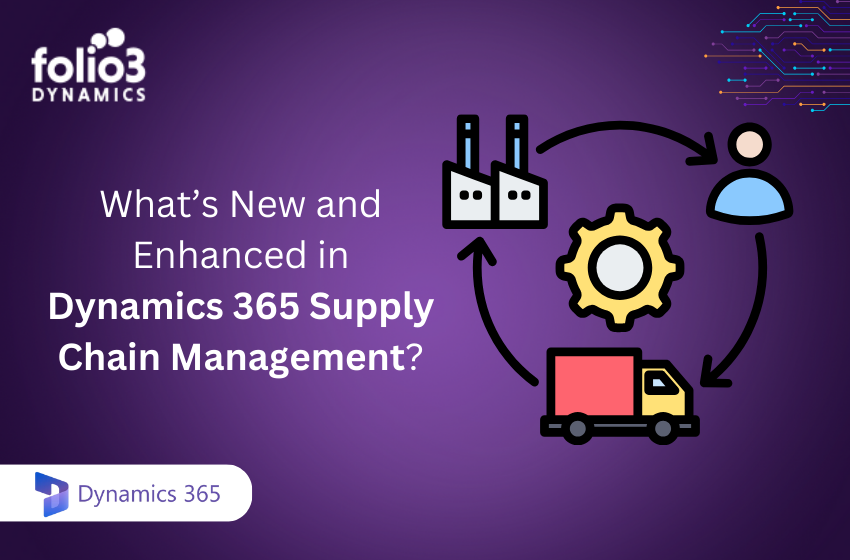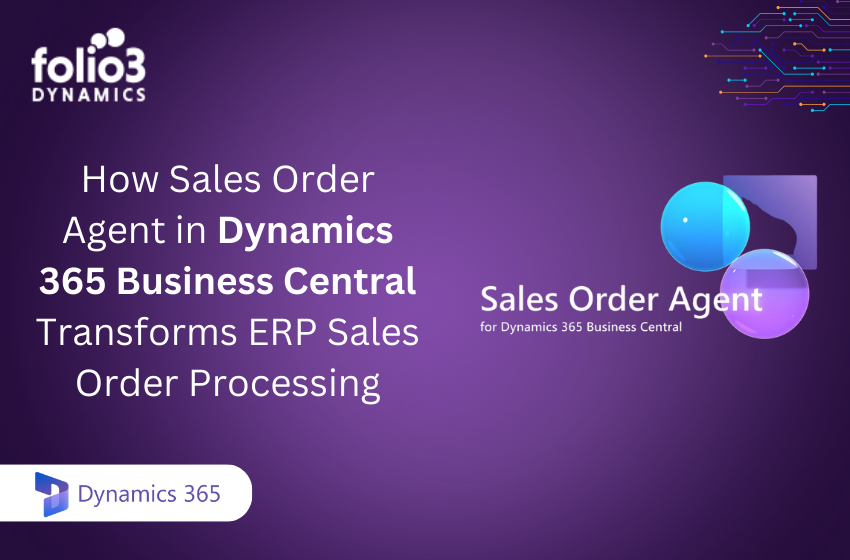In today’s fast-paced business world, supply chain management is at the heart of every successful enterprise. But what exactly is supply chain analysis, and how can it benefit your business?
Well, in this blog we will be covering the intricacies of supply chain analysis including everything you would need to know to master the art of supply chain analytics. We will also be covering some of the best supply chain case studies to help you understand how the world’s leading companies are able to leverage robust supply chain systems to dominate the market.
So, what’s the wait? Let’s dive in straight!
Understanding Supply Chain Analysis
What is Supply Chain Analysis?
Supply chain analysis is not merely about moving products from point A to point B. It’s a systematic examination of the entire process, from sourcing raw materials to delivering the final product to the customer. This analysis seeks to optimize efficiency, minimize costs, and enhance the flow of goods, information, and finances within the supply chain.
In essence, it’s like performing a full-body health check for your business. Just as you’d want to spot potential health issues early, you’d want to identify bottlenecks and inefficiencies in your supply chain before they become major problems.
Why is Supply Chain Analysis Crucial?
So, what’ makes supply chain so integral for efficient business operations? Well, let’s explore some key reasons why it’s crucial:
- Cost Reduction: By identifying areas where resources are wasted, you can reduce costs and enhance profitability.
- Customer Satisfaction: A well-managed supply chain ensures products are available when and where customers want them, leading to higher satisfaction and repeat business.
- Competitive Advantage: Streamlined processes and cost savings give your business a competitive edge in the market.
Types of Supply Chain Analysis
Supply chain analysis involves several aspects, and each plays a vital role in the success of your business.
Demand Analysis
Demand analysis involves forecasting customer demand, allowing you to plan your production and distribution accordingly. When done right, it prevents overstocking (which ties up capital) and stockouts (which result in lost sales).
Imagine a retail store that’s always stocked with the right products just when you need them – this is the result of meticulous demand analysis.
Inventory Analysis
Inventory analysis is crucial, especially for businesses with physical products. Consider your favorite online store. They have an optimized inventory system to ensure they have products in stock. This minimizes costs and ensures they can deliver your order quickly.
Network Analysis
A supply chain involves multiple entities – suppliers, manufacturers, distributors, and retailers. Network analysis looks at how they are connected and how goods flow between them. Optimizing this flow is critical for reducing lead times, saving on transportation costs, and ensuring timely deliveries.
Performance Analysis
Performance analysis is all about keeping your supply chain in peak condition. This means tracking key performance indicators (KPIs) to understand how well your supply chain is functioning. By monitoring KPIs, you can quickly identify areas that need improvement. For example, if you see an increase in delivery times, it may signal a problem with your transportation logistics.
Tools for Supply Chain Analysis
To perform effective supply chain analysis, you need the right tools. Let’s look at some of the key tools that you will need for effective supply chain analysis:
Key Tools for Supply Chain Analysis
- Data Analytics: The digital age has unleashed a wealth of data. Data analytics tools help you gain insights into your supply chain’s performance, customer behavior, and market trends.
- Process Mapping: Visualizing your supply chain processes can be eye-opening. It helps you understand the flow of goods and information, and where potential bottlenecks might occur.
- Optimization Software: Optimization software helps you fine-tune your supply chain. It allows you to run scenarios to determine the best way to allocate resources, reducing waste and saving money.
Advanced Data Analytics
Data analytics has become a game-changer in supply chain management. With the right data, you can make more informed decisions. For example, if you see a trend of increased demand during certain seasons, you can adjust your production and stocking accordingly. You can also predict future demand, reducing the risk of overstocking or understocking.
Supply Chain Simulation
Supply chain simulation tools enable you to model different scenarios. For instance, you can simulate what happens when there’s a sudden surge in demand or a disruption in your supply chain due to a natural disaster. This allows you to develop contingency plans and optimize your supply chain for various conditions.
Software Solutions for Supply Chain Analysis
Choosing the right software is essential for effective supply chain analysis. Here are some of the best supply chain software that can help you maximize efficiency of your supply chain function:
Top Supply Chain Analysis Software
- SAP Integrated Business Planning: SAP’s solution is known for its robust features, including demand planning, inventory optimization, and supply chain analytics.
- Oracle Supply Chain Management: Oracle offers a comprehensive suite of tools for supply chain planning and execution, allowing you to manage your entire supply chain from end to end.
- IBM Watson Supply Chain: IBM’s AI-powered platform offers predictive analytics, real-time insights, and blockchain technology to enhance supply chain efficiency.
Features to Look for in Supply Chain Software
Ok, so when selecting software for supply chain analysis, consider these important features:
- Scalability: Ensure the software can grow with your business.
- Integration Capabilities: Look for software that can seamlessly integrate with other business systems, such as ERP and CRM.
- Real-time Data Analytics: The ability to access and analyze real-time data is crucial for staying agile and responsive to changes in the supply chain.
Supply Chain Analysis Models
Supply chain analysis often relies on models to gain a deeper understanding of complex processes. Here are a few notable ones:
The Bullwhip Effect
Imagine a small ripple in a pond. As it moves away from the source, it grows into a large wave. The Bullwhip Effect is similar; small fluctuations in demand at the consumer level can result in amplified fluctuations as you move up the supply chain. This can cause overstocking, understocking, and inefficiencies. Understanding the Bullwhip Effect helps supply chain managers anticipate and mitigate these fluctuations, ensuring a more stable and cost-effective supply chain.
SCOR Model
The Supply Chain Operations Reference (SCOR) model is a comprehensive framework that allows organizations to analyze and improve their supply chain processes. It covers areas like plan, source, make, deliver, and return. By using the SCOR model, businesses can align their supply chain strategies with their overall business goals, making their operations more efficient and responsive to market changes.
Value Stream Mapping
Value Stream Mapping (VSM) is a lean management tool that helps identify and eliminate non-value-added activities within the supply chain. By mapping the flow of materials and information from the supplier to the customer, businesses can pinpoint areas where waste occurs and streamline their processes. VSM provides a visual representation of the supply chain, making it easier to identify opportunities for improvement.
Case Studies in Supply Chain Analysis
Now, let’s dive into real-world examples of supply chain analysis in action.
Walmart: A Supply Chain Giant
Walmart, the retail behemoth, is renowned for its efficient supply chain management. They employ cutting-edge technologies, like RFID tags, to monitor inventory in real-time. This enables them to keep their shelves stocked while minimizing excess inventory. Walmart’s robust distribution network ensures that products are readily available to meet customer demand.
One fascinating aspect of Walmart’s supply chain is its use of cross-docking, where goods are received, processed, and shipped out with minimal storage time. This practice minimizes handling and storage costs and has become a benchmark for supply chain efficiency.
Tesla: Disrupting the Automotive Supply Chain
Tesla, the electric vehicle pioneer, disrupted the traditional automotive supply chain. They adopted a vertically integrated model, producing many components in-house. By doing so, they achieved greater control over their supply chain, reducing dependence on external suppliers and streamlining production. Tesla’s direct sales approach also bypasses traditional dealerships, giving them more control over the customer experience.
Tesla’s approach has allowed them to quickly adapt to market demands, introduce new features, and stay ahead of the competition.
Apple: Supply Chain Perfection
Apple, a symbol of innovation and quality, has a supply chain that’s finely tuned to deliver excellence. Their demand forecasting and inventory management are impeccable. By closely collaborating with suppliers and manufacturers, Apple can introduce new products to market rapidly while maintaining high-quality standards.
Apple’s just-in-time manufacturing philosophy minimizes inventory holding costs, and their global network of suppliers ensures a stable supply of components. The result is a supply chain that’s as sleek and efficient as their iconic products.
Samsung: A Global Supply Chain Powerhouse
Samsung, the South Korean tech giant, boasts a diverse product range, from smartphones to home appliances. Their global presence necessitates a complex and adaptive supply chain. Samsung has mastered supply chain agility, allowing them to quickly respond to market changes and introduce innovations to stay competitive.
Their global production facilities and a vast network of suppliers ensure they can meet global demand, even during challenging times.
Amazon: E-commerce Supply Chain Mastery
Amazon, the e-commerce giant, has redefined how supply chains work in the digital age. Their efficient warehousing and order fulfillment systems set the industry standard. They use advanced analytics to forecast demand, enabling them to anticipate customer needs and maintain a vast inventory of products.
Amazon’s use of technology, like drones for deliveries, is pushing the boundaries of what’s possible in supply chain management, making them a prime example of how innovation and technology can revolutionize the e-commerce supply chain.
With these real-world examples, you can see how supply chain analysis is not just a theoretical concept but a practical and essential tool for businesses to achieve success in today’s competitive marketplace.
Conclusion
As we have unfolded, supply chain analysis is the key to unlocking efficiency, reducing costs, and improving the customer experience. It involves understanding the complexities of your supply chain, employing the right tools and software, and leveraging models to fine-tune operations. By examining real-world case studies from industry leaders like Walmart, Tesla, Apple, Samsung, and Amazon, you can see the impact of effective supply chain analysis in action.
So, whether you’re a retailer, a manufacturer, or an e-commerce giant, the principles of supply chain analysis can be tailored to fit your specific needs, giving you the competitive edge needed to thrive in today’s dynamic business environment. Get in touch with our experts at Folio3 and get ready to boost your business’s supply chain efficiency!


